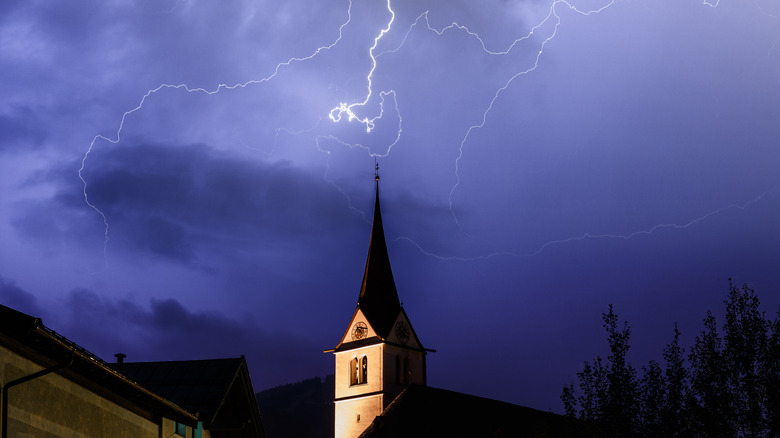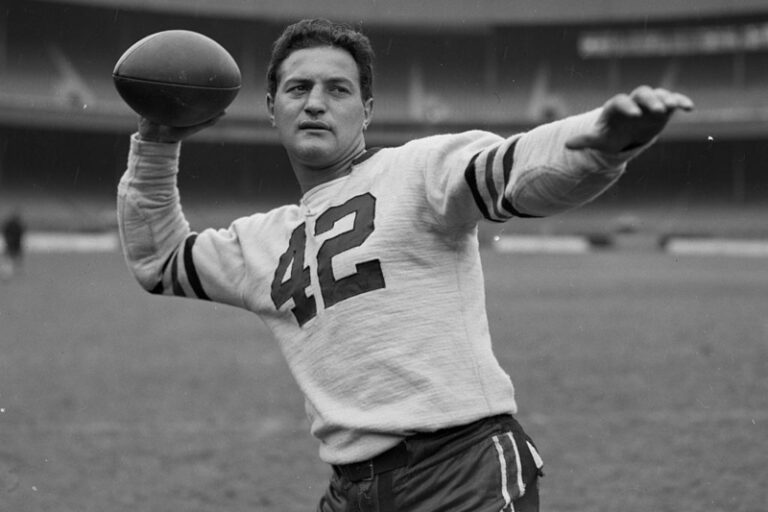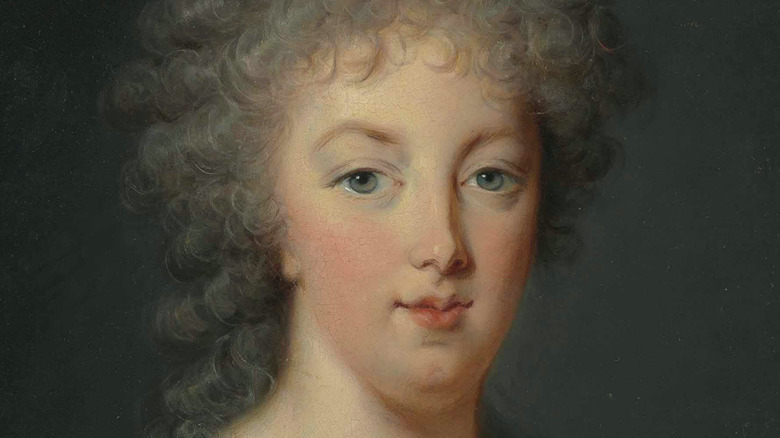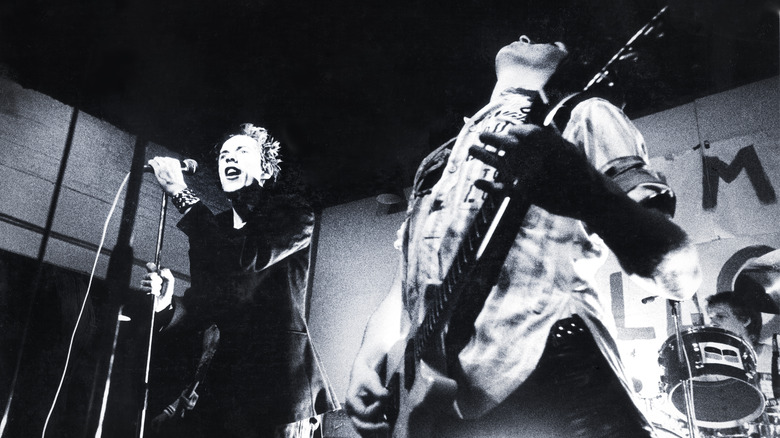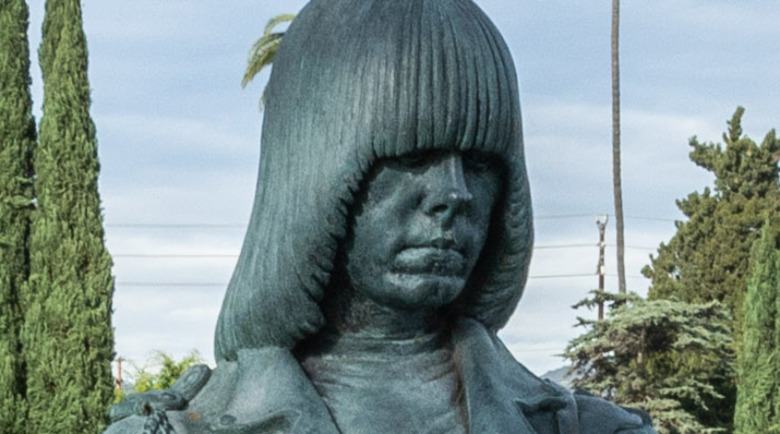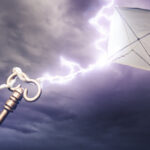
The Truth About The Deadly Brescia Explosion
Benjamin Franklin was in many ways a textbook enlightenment thinker, with science and invention having been among his greatest interests outside of politics. Although he did not discover electricity, it was a field that still benefitted greatly from his contributions. His famous kite experiment was not intended to verify electricity’s existence but confirm the relationship between electricity and lightning. The kite was not even the medium he wanted to use — he was simply forced to as there were no structures tall enough for his revolutionary lightning rods to be mounted.
While Franklin’s career in electricity has been misconstrued over the past two centuries, he was genuinely adept in the field. It is for this reason that he became a voice of authority regarding lightning safety later in his life. The reason people sought his counsel is that in 1769, a single bolt of lightning led to thousands of deaths in one of the most destructive strikes ever recorded (via Mental Floss).
Lightening triggered one of history's deadliest explosions
While fatal lightning strikes are a relatively rare phenomenon, modern safety precautions nevertheless include staying indoors during thunderstorms and placing lightning rods on tall structures. Unfortunately for the people of Brescia in 18th century Italy, traditional measures to stave off lighting were anything but sound. According to Standing Well Back, contemporary wisdom informed people that ringing church bells was the best way to divert lightning. As reported by The Irish Times, the rationale was that the “evil spirits” causing the weather would be repelled by this — a train of thought that led to the deaths of hundreds of bell-ringers.
Still, Brescia stuck with this strategy almost two decades after Benjamin Franklin invented the lightning rod, viewing the invention as “heretical”, per The Times. And in 1769, the town’s church — and the gunpowder magazine within it — was struck. The ensuing explosion launched debris all over the town and left around 3,000 people dead. This event shattered European notions of thunderstorm safety and led many to solicit experts on the matter, Franklin among them. He was even brought on to advise the design of lightning rods in London but was dismissed in favor of a flawed British type.

The Real Reason The Great Auk Penguin Went Extinct

The Nine Worlds Of Norse Mythology Explained
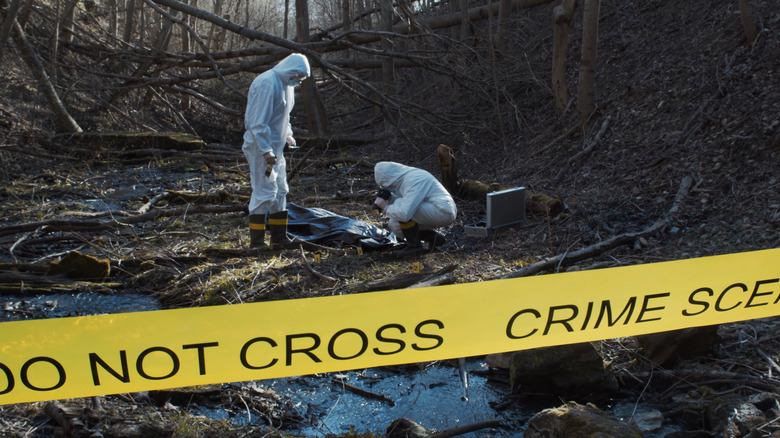
This Is How Serial Killer James Wood Was Finally Caught
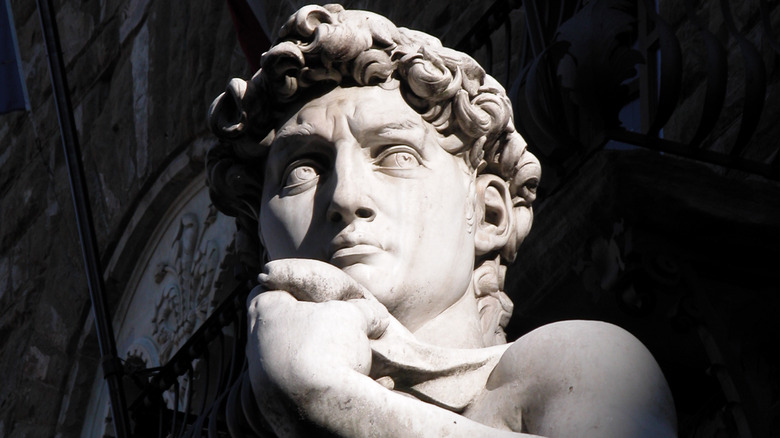
What David Really Looked Like According To The Bible
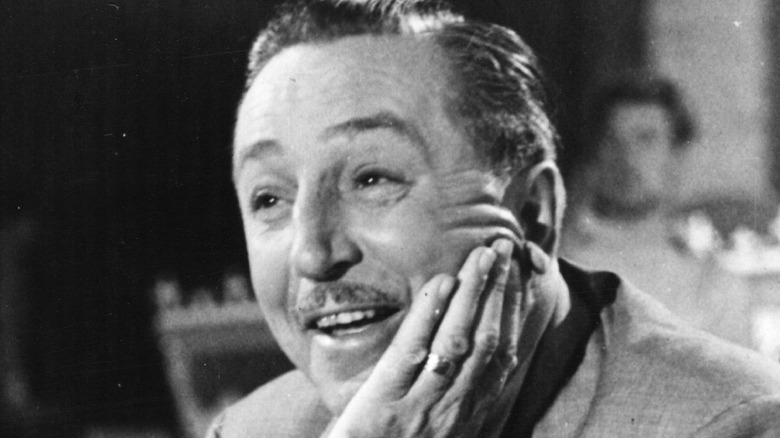
The Sad Truth About What Happened To Walt Disney's First Studio

The Reason Wimbledon Umpires Learn Other Languages Isn't What You Think
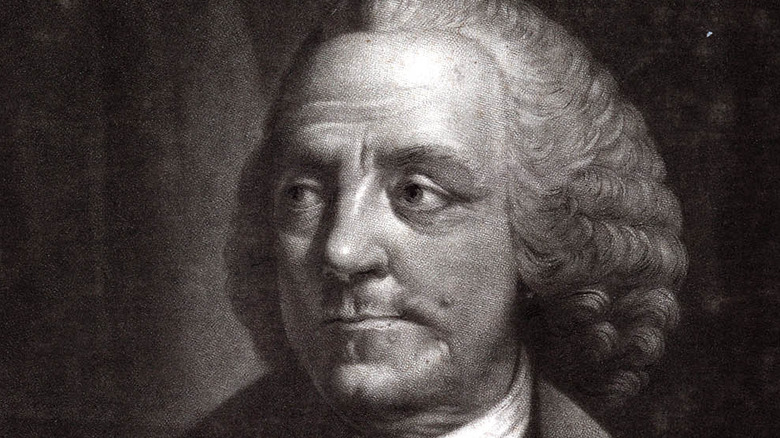
The Real Reason Benjamin Franklin Invented The Odometer
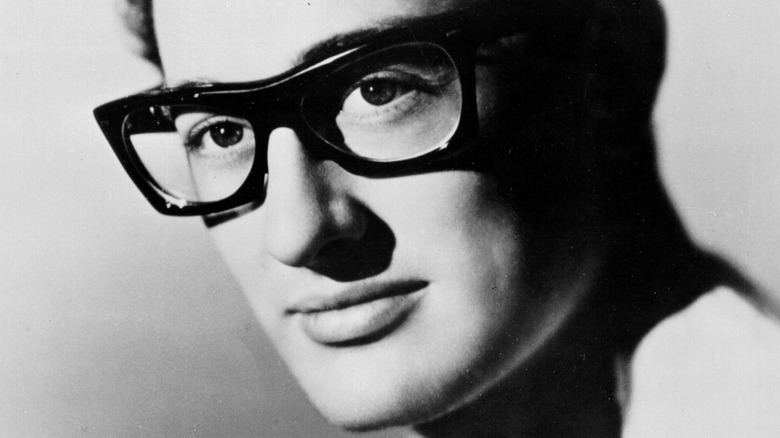
What Buddy Holly's Song Peggy Sue Was Originally Called

Roko's Basilisk: The Thought Experiment That Could Enslave The Human Race
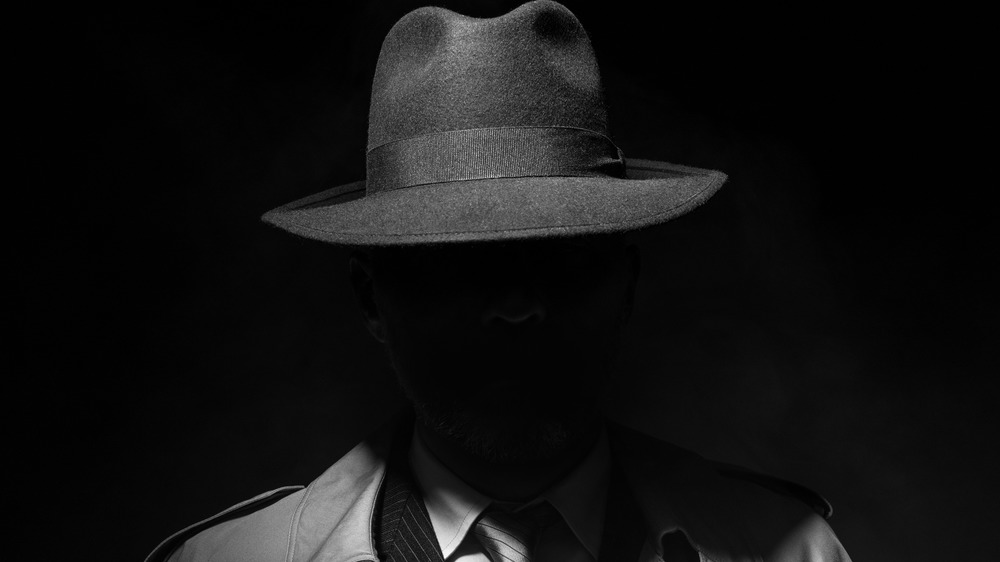
This Is The Most Powerful Mafia In History
